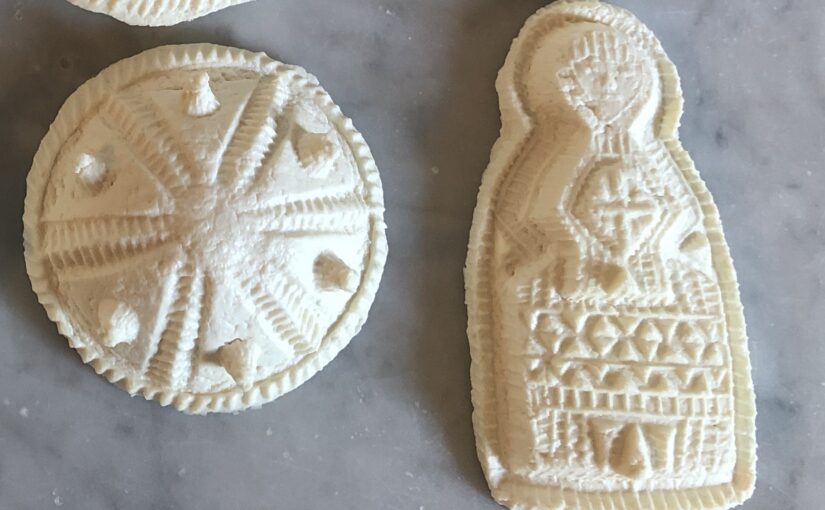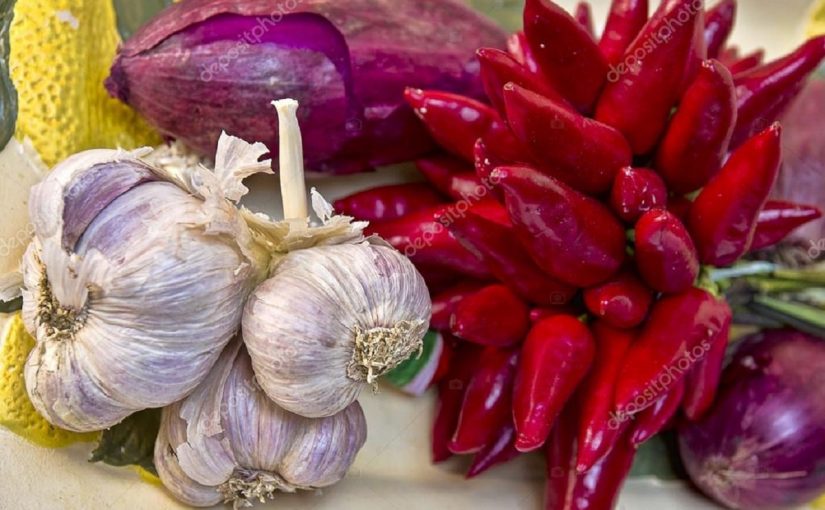14.04.2022
Musulupa is a typical cheese (fresh and unsalted) produced in the Greek area in the province of Reggio Calabria.
Modeled in traditional molds of carved mulberry wood (the Musulupare), with an anthropomorphic or disc shape and ritually consumed especially during the Easter period.
A NECESSARY PREMISE
Bova (Chòra tu Vùa is its name in the Grecanic language) is the cultural capital of Bovesìa (the Greek area in the province of Reggio Calabria).
It is one of the southernmost cities of the Italian peninsula in Aspromonte National Park and included, among other things, in the circuit of the most beautiful villages in Italy.
Further, the Bovesìa (also known as the Calabrian Greek-speaking area) still retains an immense historical-cultural heritage. Here the Hellenophonic traces are still very strong as a linguistic and cultural presence.
In fact here the culture Hellenophonic from dominant it became subordinate and even today only the elders speak the Ancient Greek dialect of Calabria, while also strong Byzantine-Greek traces are still present both in the uses and in the popular tradition.
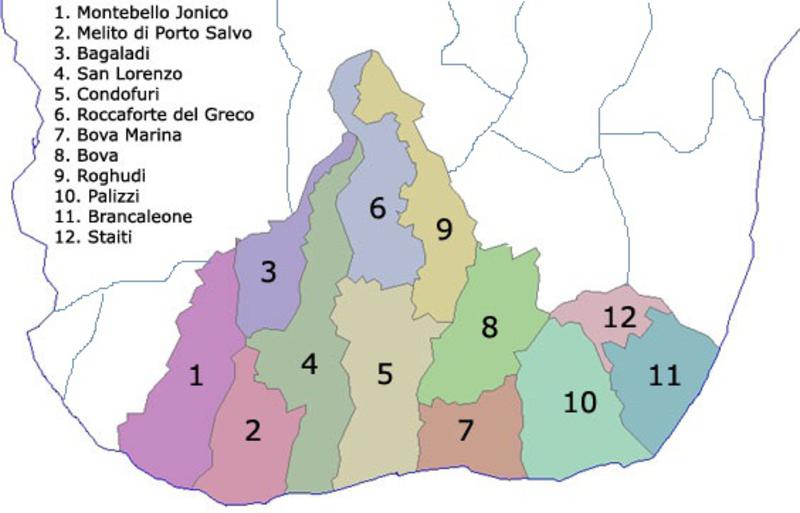
THE MUSULUPA CHEESE
Musulupa is a typical cheese that is actually widespread not only in Bova but throughout the Greek Calabrian area, also known as Musulucu or Musulupu.
It is fair to observe that the traditional cuisine of the Greek area, although it might seem spartan, mountain, is actually full of exclusive flavors and specialties.
Specialties good to know and good to eat like, for example, Lestopitta (a kind of unleavened bread) or Macaroni (local pasta) with goat sauce.
It is a cuisine of poor at the origins that is still today a great trend in the Greek universe, practiced in the houses and in the typical restaurants of the area…but let’s go back to the Musulupa.
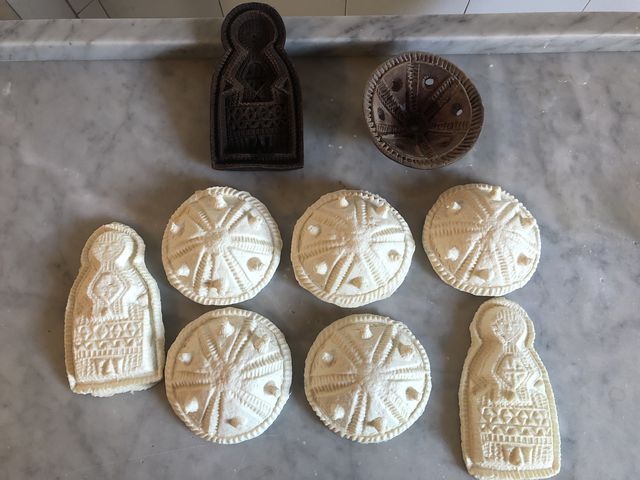
Musulupa is the typical cheese (fresh and without salt) very similar to tuma generally produced with mixed milk (sheep and goat) modeled in particular molds or shapes, the Musulupare.
The Musulupare, incredible works of popular art handcrafted by the shepherds of the Greek area with carved mulberry wood that reproduce anthropomorphic and disc figures.
They have decorations that refer to very complex geometric elements and in any case of evident Greek stylistic code.
Some historians believe that the Anthropomorphic cheese of Musulupa refers to the image of the Madonna. Others, however, considering the particularly accentuated forms, argue that they are female figures, like the Mother Goddess.
In any case, very ancient themes and elements are evident, to which, only after a long time, those of religiosity have been added Byzantine, like the cross.
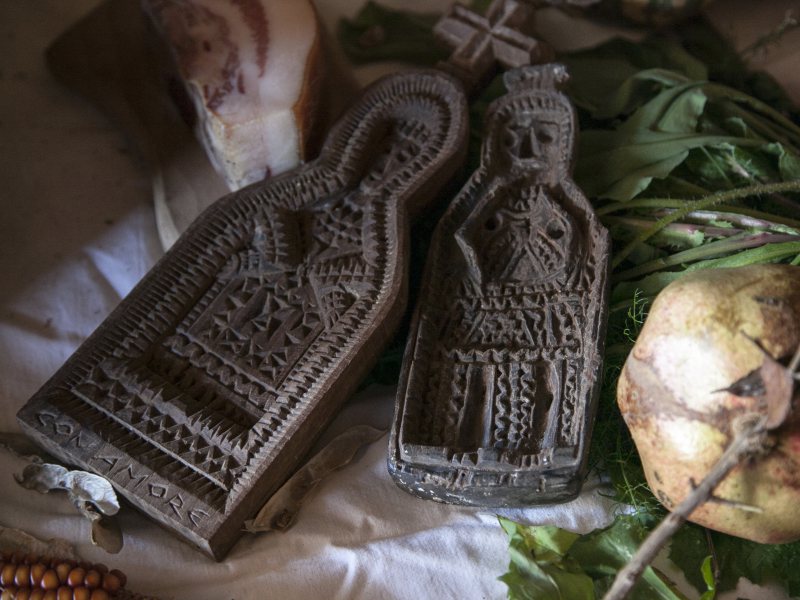
CONSUMPTION AND RITUAL USE OF MUSULUPA
As we already know from the mold of Musulupara the typical cheese of the Greek area of Calabria is obtained, the Musulupa.
These forms of typical cheese were and continue to be produced by the shepherds of the Greek Calabrian area to be consumed during the early hours of Easter day.
Usually it is cooked with a rich omelette of eggs and with sausages, all fried together in oil or lard.
Others, on the other hand, recall the ritual consumption of the Musulupa on the day of the Monday of the Angel.
In any case, certainly the most curious and fascinating aspect of the Musulupa is his anthropomorphic form.
Form that, together with the production and ritual consumption during the Easter period, leads to hypothesize a connection with the rite of the Pupazze or Persephone (a procession of great female figures, typical of Bova).
Rite that is celebrated every year in the characteristic village of Bova on Palm Sunday.
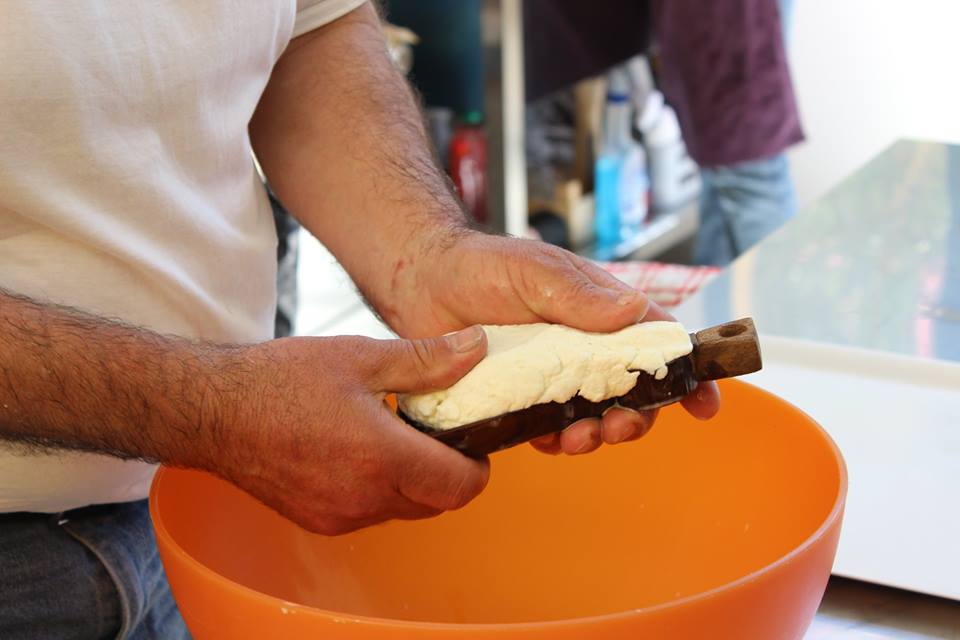
The Pupazze or Persephone di Bova are, as said, female anthropomorphic figures made with intertwined olive leaves (“bastoncini” sticks in dialect) applied to the stiddhe, that is supports of wild reeds finally decorated with colored ribbons, lace, branches of mimosa, flowers, fruit and seasonal first fruits such as olives, broad beans, bergamot, mandarins and Musulupe.
The main characteristics in the production of Musulupa , the typical cheese of the Greek area in the province of Reggio Calabria, are the Musulupare (traditional molds of carved mulberry wood) and the seasonal cyclicality with consumption and ritual use during the Easter period.
A typical Calabrese cheese whose shapes refer to ancient cults whose consumption and use is still ritual.

